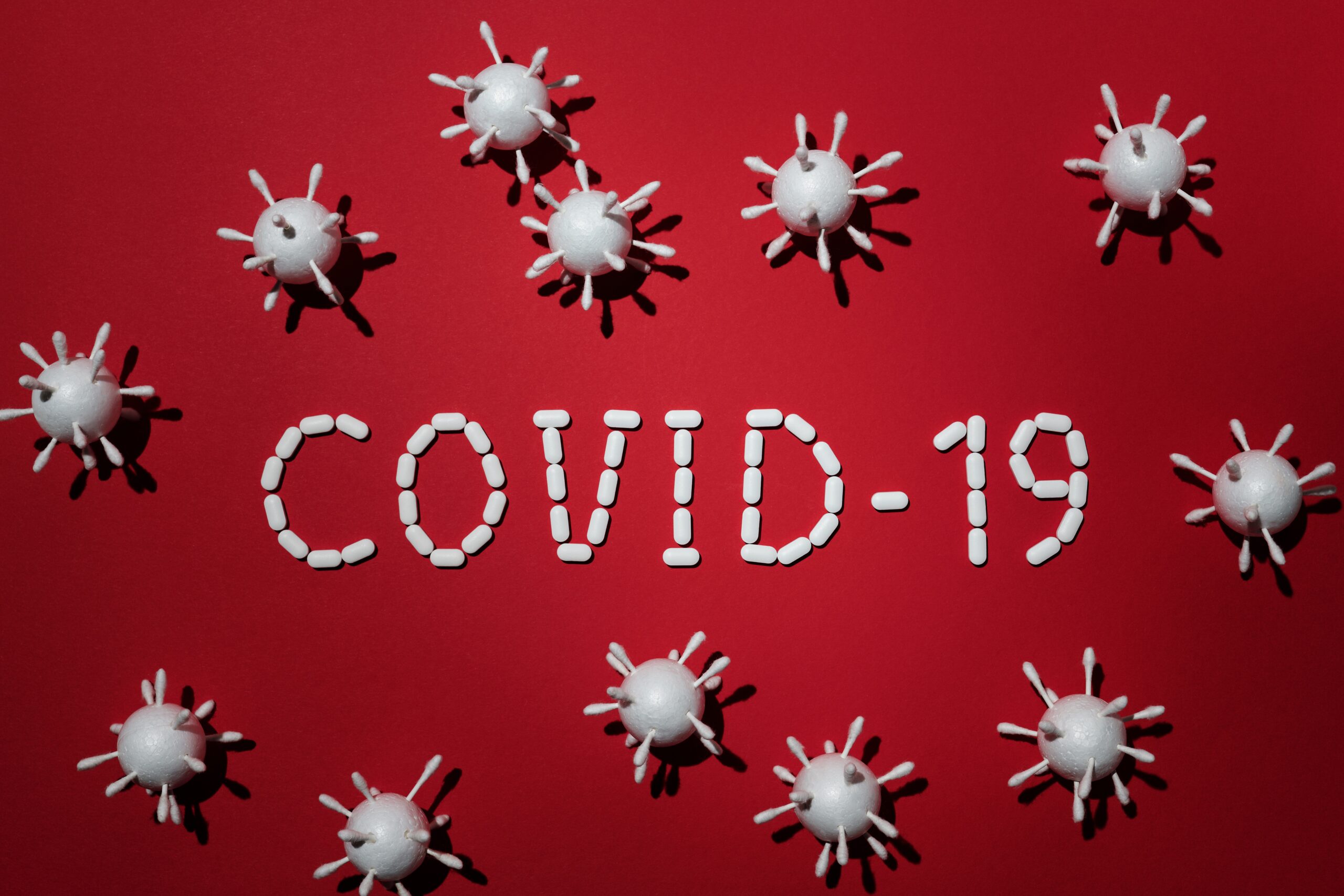Long Covid and Anosmia
By John V. Schloss
Professor, Chair of Pharmaceutical Science, Associate Dean of Research
American University of Health Sciences, School of Pharmacy; Signal Hill, CA, 90755, USA.
In their article on the neurological symptoms resulting from COVID-19, S. Spudich and A. Nath (“Nervous system consequences of COVID-19,” Perspectives, 20 January 2022, p. 267) highlight a need to understand the underlying pathophysiology. Following infection by SARS-CoV-2, a wide range of symptoms can persist for months, known as Long Covid (1). Neurological symptoms of Long Covid include anosmia (loss of smell), depression, and impaired cognition (1, 2). Localized zinc deficiency may explain COVID-19-induced anosmia (3, 4). Zinc therapy dramatically shortens the duration of COVID-19-induced anosmia, but not all other symptoms (5). The gene for the odorant-metabolizing enzyme UDP-glucuronosyltransferase is linked to anosmia and is dramatically elevated by low zinc (6, 7). Suboptimal zinc produces Th2 cytokines; down-regulates the olfactory-essential zinc-carbonic anhydrase; and lowers type 1 interferon expression without the need for viral destruction of olfactory neurons (3, 7, 8). Other neurological symptoms, such as impaired cognition and depression, are also associated with inadequate zinc levels (9, 10). Although insufficient zinc can play an essential role in COVID-19 disease, other vital nutrients are crucial to immune response and disease progression. Lack of either zinc or selenium correlate with the morbidity and mortality of SARS-CoV-2 infection (11, 12). Up to 83% of individuals are deficient in two-or-more essential nutrients for lymphocyte-mediated immune response, 33% have inadequate zinc, and 25% of the general population lack five or more critical dietary factors (10, 13). Selenium, zinc, and other micronutrients are necessary to shorten the duration of Long Covid (14). Determining the importance of nutritional deficiencies should be a major focus in our quest to understand Long Covid.
References and Notes
- S. Spudich, A. Nath, Nervous system consequences of COVID-19. Science 375, 267-269 (2022). doi: 10.1126/science.abm2052
- O. Renaud-Charest, L. M. W. Lui, S. Eskander, F. Ceban, R. Ho, J. D. Di Vincenzo, J. D. Rosenblat, Y. Lee, M. Subramaniapillai, R. S. McIntyrea, Onset and frequency of depression in post-COVID-19 syndrome: A systematic review. J. Psychiatr. Res. 144, 129-137 (2021). doi: 10.1016/j.jpsychires.2021.09.054
- L. A. Vaira, G. Salzano, G. Deiana, G. De Riu, Anosmia and Ageusia: Common Findings in COVID-19 Patients. Laryngoscope 130, 1787 (2020). doi: 10.1002/lary.28692
- O. Equils, K. Lekaj, S. Fattani, A. Wu, G. Liu, Proposed mechanism for anosmia during COVID-19: The role of local zinc distribution. J. Transl. Sci. 7, 1-2 (2020). doi: 10.15761/JTS.1000397
- A. A. Abdelmaksoud, A. A. Ghweil, M. H. Hassan, A. Rashad, A. Khodeary, Z. F. Aref, M. A. A. Sayed, M. K. Elsamman, S. E. S. Bazeed, Olfactory Disturbances as Presenting Manifestation Among Egyptian Patients with COVID-19: Possible Role of Zinc. Biol. Trace Elem. Res. 199, 4101 (2021). doi: 10.1007/s12011-020-02546-5
- J. F. Shelton, A. J. Shastri, K. Fletez-Brant, The 23andMe COVID-19 Team, S. Aslibekyan, A. Auton, The UGT2A1/UGT2A2 locus is associated with COVID-19-related loss of smell or taste. Nat. Genet. 54, 121-124 (2022). doi: 10.1038/s41588-021-00986-w.
- H. tom Dieck, F. Döring, H. P. Roth, H. Daniel, Changes in rat hepatic gene expression in response to zinc deficiency as assessed by DNA arrays. J. Nutr. 133, 1004-1010 (2003). doi: 10.1093/jn/133.4.1004
- M. Zazhytska, A. Kodra, D. A. Hoagland, J. Frere, J. F. Fullard, H. Shayya, N. G. McArthur, R. Moeller, S. Uhl, A. D. Omer, M. E. Gottesman, S. Firestein, Q. Gong, P. D. Canoll, J. E. Goldman, P. Roussos, B. R. tenOever, J. B. Overdevest, S. Lomvardas, Non-cell autonomous disruption of nuclear architecture as a potential cause of COVID-19 induced anosmia. Cell (2022). doi:10.1016/j.cell.2022.01.024.
- M. A. Petrilli, T. M. Kranz, K. Kleinhaus, P. Joe, M. Getz, P. Johnson, M. V. Chao, D. Malaspina, The emerging role for zinc in depression and psychosis. Front. Pharmacol. 8, 414 (2017). doi: 10.3389/fphar.2017.00414
- A. S. Prasad, Discovery of Human Zinc Deficiency: Its Impact on Human Health and Disease. Adv. Nutr. 4, 176-190 (2013). doi: 10.3945/an.112.003210
- R. A. Heller, Q. Sun, J. Hackler, J. Seelig, L. Seibert, A. Cherkezov, W. B. Minich, P. Seemann, J. Diegmann, M. Pilz, M. Bachmann, A. Ranjbar, A. Moghaddam, L. Schomburg, Prediction of survival odds in COVID-19 by zinc, age and selenoprotein P as composite biomarker. Redox Biol. 38, 101764 (2021). doi: 10.1016/j.redox.2020.101764
- A. Moghaddam, R. A. Heller, Q. Sun, J. Seelig, A. Cherkezov, L. Seibert, J. Hackler, P. Seemann, J. Diegmann, M. Pilz, M. Bachmann, W. B. Minich, L. Schomburg, Selenium deficiency Is associated with mortality risk from COVID-19. Nutrients 12, 2098 (2020). doi: 10.3390/nu12072098
- L. R. Bucci, A functional analytical technique for monitoring nutrient status and repletion. Part 3: clinical experience. Am. Clin. Lab. 13, 10 (1994). PMID: 10147160
- L. Schomburg, Selenium deficiency in COVID-19—A possible long-lasting toxic relationship. Nutrients 14, 283 (2022). doi: 10.3390/nu14020283


Thank you Dr. Schloss for a great explanation of the link between zinc and selenium to morbidity and mortality of SARS-CoV-2, along with other micronutrients to Long Covid symptoms. Zinc has long been associated with shortening the duration of rhinoviruses with its proposed dual antiviral activity: improving immune cell function that may prevent or oppose viral infections or by inhibition of viral proliferation. Therefore, it makes sense that researchers would look toward zinc for a possible link to Covid/SARS-CoV-2.
Thank you again for sharing your wonderfully well researched succinct article on this subject.
Respectfully,
Ms Jeanetta Mastron